Serving 715 students in grades Prekindergarten-5, Bill Hefner Elementary School ranks in the bottom 50% of all schools in North Carolina for overall test scores (math proficiency is bottom 50%, and reading proficiency is bottom 50%).
The percentage of students achieving proficiency in math is 43% (which is lower than the North Carolina state average of 51%). The percentage of students achieving proficiency in reading/language arts is 47% (which is lower than the North Carolina state average of 50%).
The student:teacher ratio of 16:1 is higher than the North Carolina state level of 15:1.
Minority enrollment is 83% of the student body (majority Black), which is higher than the North Carolina state average of 57% (majority Black).
Quick Stats (2025)
- Grades: Prekindergarten-5
- Enrollment: 715 students
- Student:Teacher Ratio: 16:1
- Minority Enrollment: 83%
- Overall Testing Rank: Bottom 50% in NC
- Math Proficiency: 43% (Btm 50%)
- Reading Proficiency: 47% (Top 50%)
- Science Proficiency: 65-69% (Top 50%)
- Source: National Center for Education Statistics (NCES), NC Dept. of Education
Top Rankings
Bill Hefner Elementary School ranks among the top 20% of public schools in North Carolina for:
Category
Attribute
Most improved public schools
Percent Eligible For Free Lunch
School Overview
Bill Hefner Elementary School's student population of 715 students has declined by 7% over five school years.
The teacher population of 44 teachers has declined by 8% over five school years.
Grades Offered
Grades Prekindergarten-5
(offers virtual instruction)
(offers virtual instruction)
Total Students
715 students
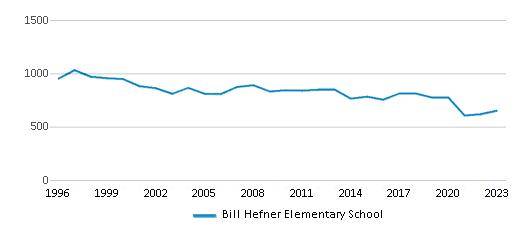
Gender %
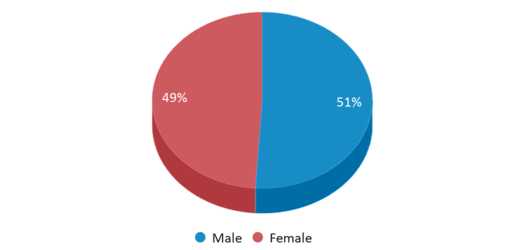
Total Classroom Teachers
44 teachers
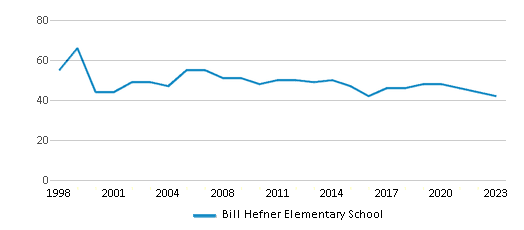
Students by Grade
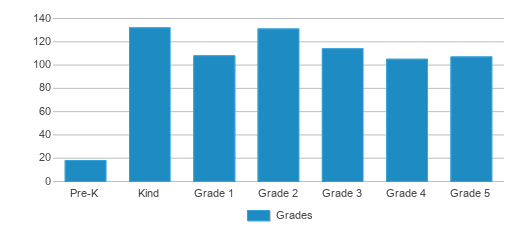
School Rankings
Bill Hefner Elementary School ranks within the bottom 50% of all 2,617 schools in North Carolina (based off of combined math and reading proficiency testing data).
The diversity score of Bill Hefner Elementary School is 0.66, which is less than the diversity score at state average of 0.71. The school's diversity has stayed relatively flat over five school years.
Overall Testing Rank
#1498 out of 2617 schools
(Bottom 50%)
(Bottom 50%)
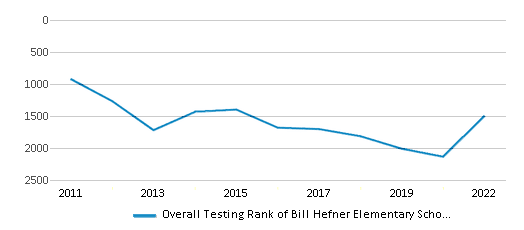
Math Test Scores (% Proficient)
43%
51%

Reading/Language Arts Test Scores (% Proficient)
47%
50%
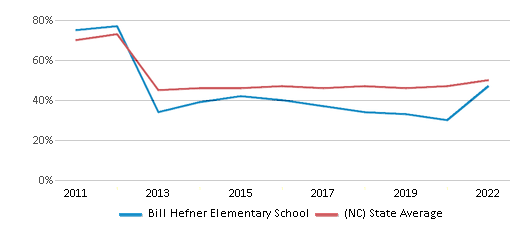
Science Test Scores (% Proficient)
65-69%
63%
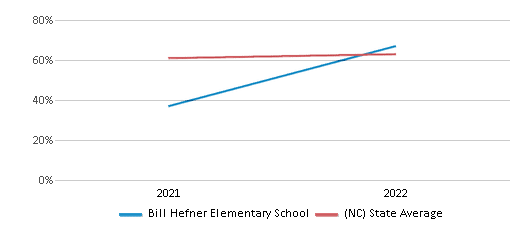
Student : Teacher Ratio
16:1
15:1
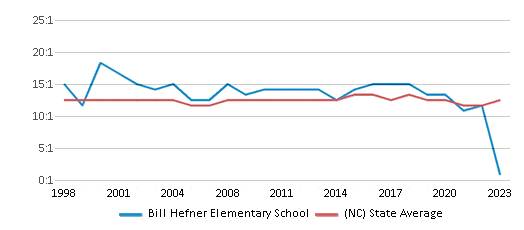
American Indian
n/a
1%
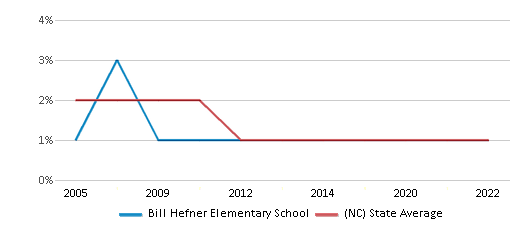
Asian
1%
4%
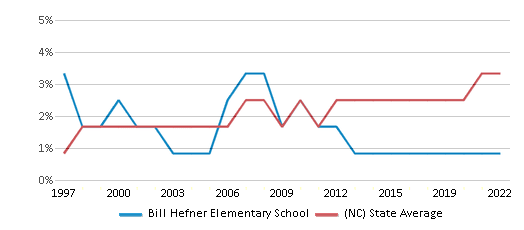
Hispanic
20%
21%
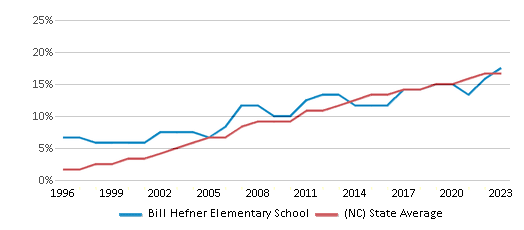
Black
52%
25%
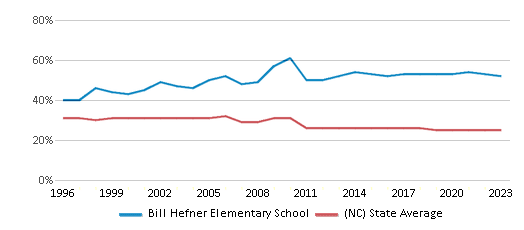
White
17%
43%
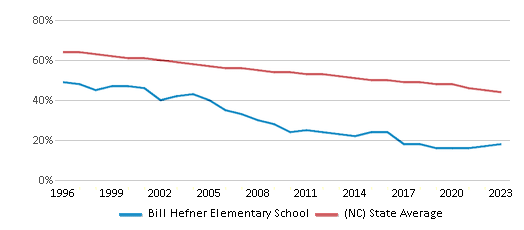
Hawaiian
n/a
n/a
Two or more races
10%
6%
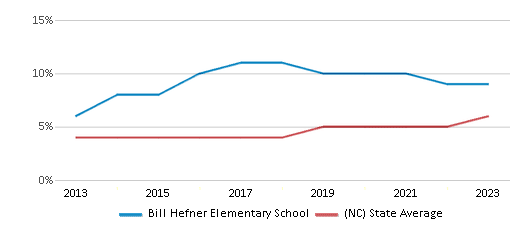
All Ethnic Groups
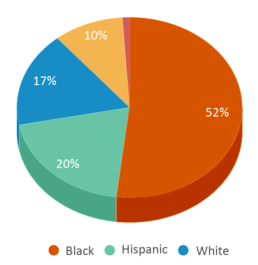
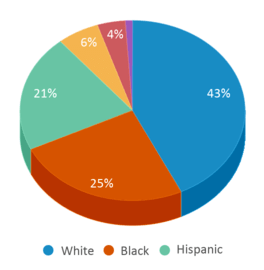
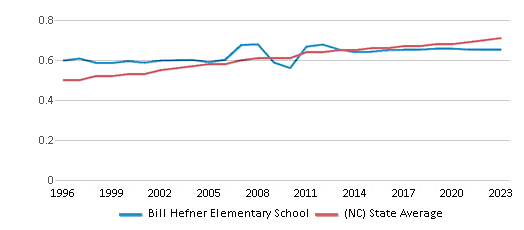
Participates in the National School Lunch Program (NSLP)
Yes
Eligible for Free Lunch
100%
68%
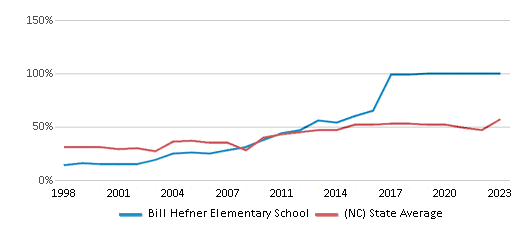
Eligible for Reduced Lunch (15-16)
7%
5%
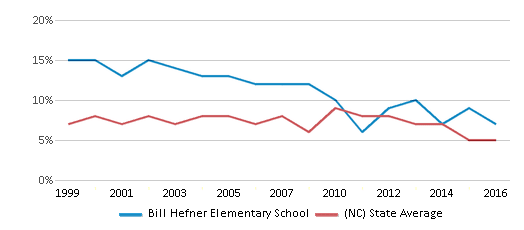
School Statewide Testing
School District Name
Source: National Center for Education Statistics (NCES), NC Dept. of Education
Profile last updated: 02/09/2025
Frequently Asked Questions
What is Bill Hefner Elementary School's ranking?
Bill Hefner Elementary School is ranked #1498 out of 2,617 schools, which ranks it among the bottom 50% of public schools in North Carolina.
What schools are Bill Hefner Elementary School often compared to?
Bill Hefner Elementary Schoolis often viewed alongside schools like E E Miller Elementary School, Lake Rim Elementary School by visitors of our site.
What percent of students have achieved state testing proficiency in math and reading?
43% of students have achieved math proficiency (compared to the 51% NC state average), while 47% of students have achieved reading proficiency (compared to the 50% NC state average).
How many students attend Bill Hefner Elementary School?
715 students attend Bill Hefner Elementary School.
What is the racial composition of the student body?
52% of Bill Hefner Elementary School students are Black, 20% of students are Hispanic, 17% of students are White, 10% of students are Two or more races, and 1% of students are Asian.
What is the student:teacher ratio of Bill Hefner Elementary School?
Bill Hefner Elementary School has a student ration of 16:1, which is higher than the North Carolina state average of 15:1.
What grades does Bill Hefner Elementary School offer ?
Bill Hefner Elementary School offers enrollment in grades Prekindergarten-5 (offers virtual instruction).
What school district is Bill Hefner Elementary School part of?
Bill Hefner Elementary School is part of Cumberland County Schools School District.
School Reviews
5 8/28/2019
My daughter has been attending this school since kindergarten. A few issues have come up with bullying but the principal Dr. Cahill has always listened and taken care of it. He genuinely cares about my daughter and always makes sure things go the right way. He still, after 5 years, says hello every morning to us both.
5 5/12/2015
Excellent school. The principal is the BEST! He is always available and with a big smile. The teacher make this school one of the best in fayetteville. My son is always happy and love his teachers.
5 1/17/2015
I am in 4th grade and have Ms. Mossow as a teacher. She is very nice, sweet and helpful. I think they are very good with managing money and making sure nobody gets left behind. My name is Kayla Fisk.
Review Bill Hefner Elementary School. Reviews should be a few sentences in length. Please include any comments on:
- Quality of academic programs, teachers, and facilities
- Availability of music, art, sports and other extracurricular activities
Recent Articles

What Is A Charter School?
Explore the world of charter schools in this comprehensive guide. Learn about their history, how they operate, and the pros and cons of this educational innovation. Discover key facts about charter schools, including admission policies, demographics, and funding, as well as what to look for when considering a charter school for your child.

10 Reasons Why High School Sports Benefit Students
Discover the 10 compelling reasons why high school sports are beneficial for students. This comprehensive article explores how athletics enhance academic performance, foster personal growth, and develop crucial life skills. From improved fitness and time management to leadership development and community representation, learn why participating in high school sports can be a game-changer for students' overall success and well-being.

February 05, 2025
Understanding the U.S. Department of Education: Structure, Impact, and EvolutionWe explore how the Department of Education shapes American education, from its cabinet-level leadership to its impact on millions of students, written for general audiences seeking clarity on this vital institution.





